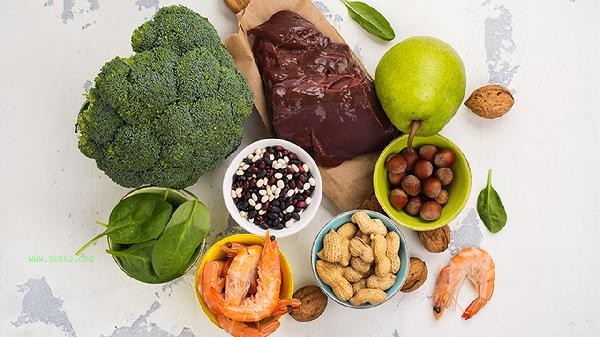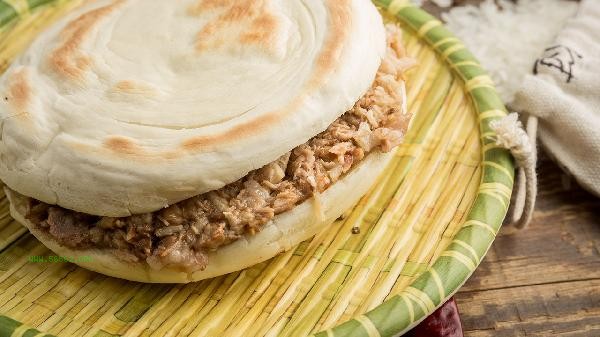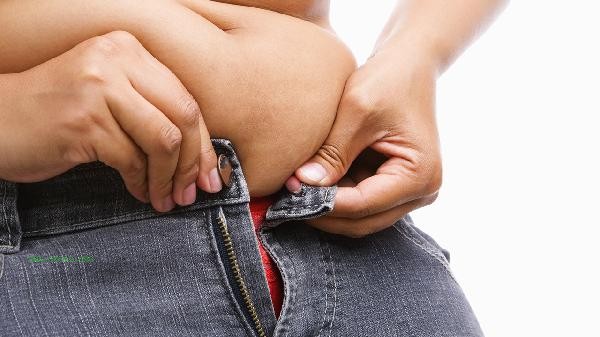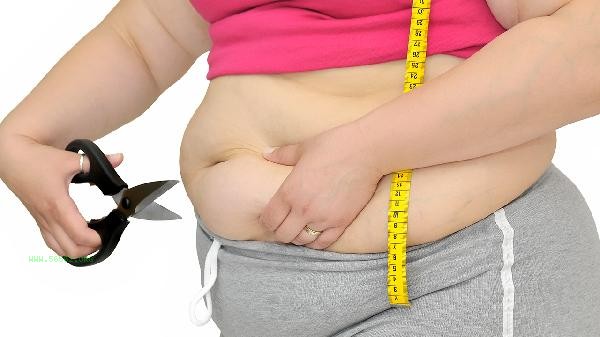Low fat and high carbon water foods may help with weight loss while controlling total calories, but it needs to be judged comprehensively based on individual metabolic differences and dietary structure. The weight loss effect mainly depends on factors such as the balance between total calorie intake and consumption, the selection of carbohydrate types, dietary fiber content, blood glucose response control, and long-term dietary sustainability.

1. Total calorie balance
Regardless of the composition of the food, weight loss will only occur when the daily calorie intake remains below the consumption. Although low-fat foods reduce fat calories, excessive consumption of high carbon water foods can still lead to excessive calories. It is recommended to record dietary calories and calculate based on basal metabolic rate to ensure a reasonable daily calorie deficit.
2. Selection of carbohydrate types
Refined carbohydrates such as white bread and sugar may cause severe fluctuations in blood sugar, stimulate insulin secretion, and promote fat storage. Prioritize the use of compound carbohydrates such as whole grains and mixed beans, as they have slower digestion and absorption, which helps to prolong satiety and stabilize blood sugar fluctuations.
3. Dietary Fiber Function
High fiber carbohydrates such as oats and sweet potatoes can increase chewing time and gastric emptying time, and generate satiety signals through physical expansion. Dietary fiber can also regulate gut microbiota, and some fermentable fibers can produce short chain fatty acids, indirectly affecting fat metabolism.

4. Blood glucose response management
A high glycemic index carbohydrate diet may lead to premature postprandial drowsiness and hunger, resulting in an increased probability of overeating. Adopting a diet pattern that combines low to medium glycemic index carbohydrates with protein, such as brown rice with fish, can smooth out blood sugar curves and reduce the risk of overeating.
5. Dietary Sustainability
Long term strict restriction of fat may affect the absorption of fat soluble vitamins and hormone synthesis. It is recommended to adopt a balanced diet that combines moderate high-quality fat with compound carbohydrates, such as pairing avocado with quinoa, which can meet the taste requirements and facilitate weight management.

Weight loss diet should focus on nutrient density rather than single component ratios. It is recommended to adopt a low-fat, high carbon water diet as a phased choice, combined with resistance training to prevent muscle loss. Regularly monitor changes in body composition to avoid a decrease in basal metabolic rate due to insufficient intake of carbohydrates. For individuals with insulin resistance, it is necessary to adjust the carbohydrate ratio under the guidance of a nutritionist and adopt a gradual dietary transition if necessary.








Comments (0)
Leave a Comment
No comments yet
Be the first to share your thoughts!